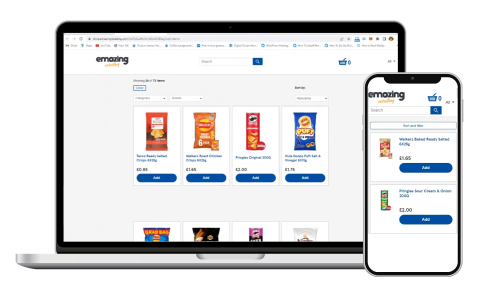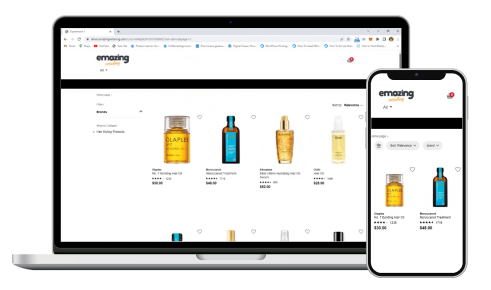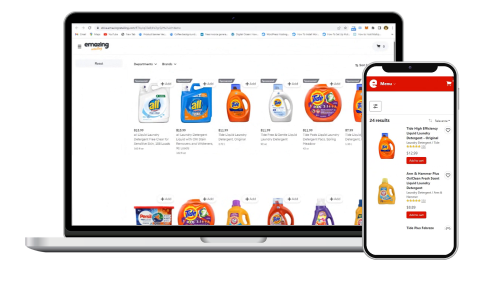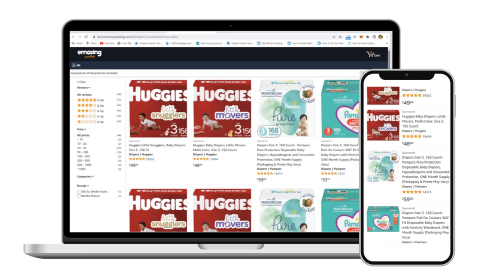Solutions
Enhance your product’s success with our solutions: market research, e-commerce testing, primary image evaluations, and concept testing for DTC websites. Obtain crucial consumer insights.
Enhance your product’s success with our solutions: market research, e-commerce testing, primary image evaluations, and concept testing for DTC websites. Obtain crucial consumer insights.

Test your potential product as if it were already available in an online store. As close as possible to an actual shopping act, follow-up questions asked right after the shopping trip

Test different product page options and track interactions with the different elements of the page (pictures, videos, A+ content, rich content..) and measure the impact on the conversion

Test different primary image options, and understand which one can improve opening and conversion rate, and how the primary image is impacting the product image perception

Test different concepts or ideas, in a consumer-friendly and behavioral way!